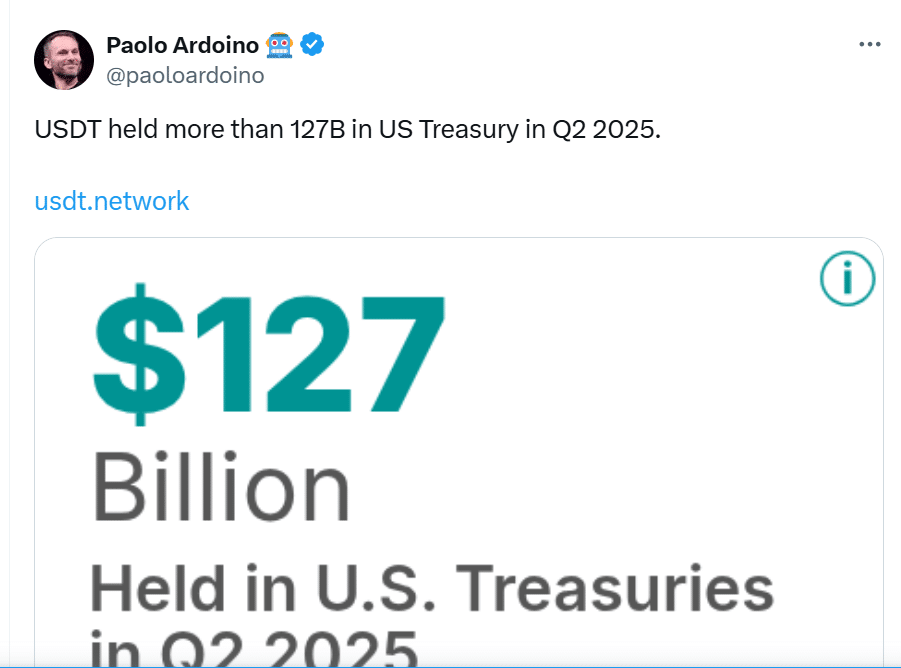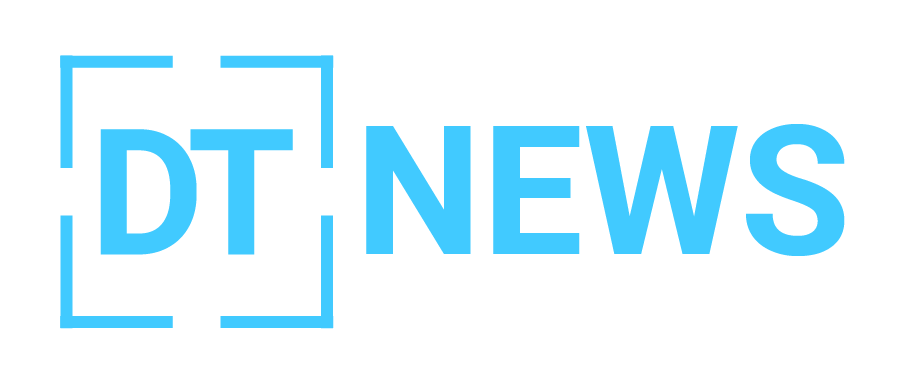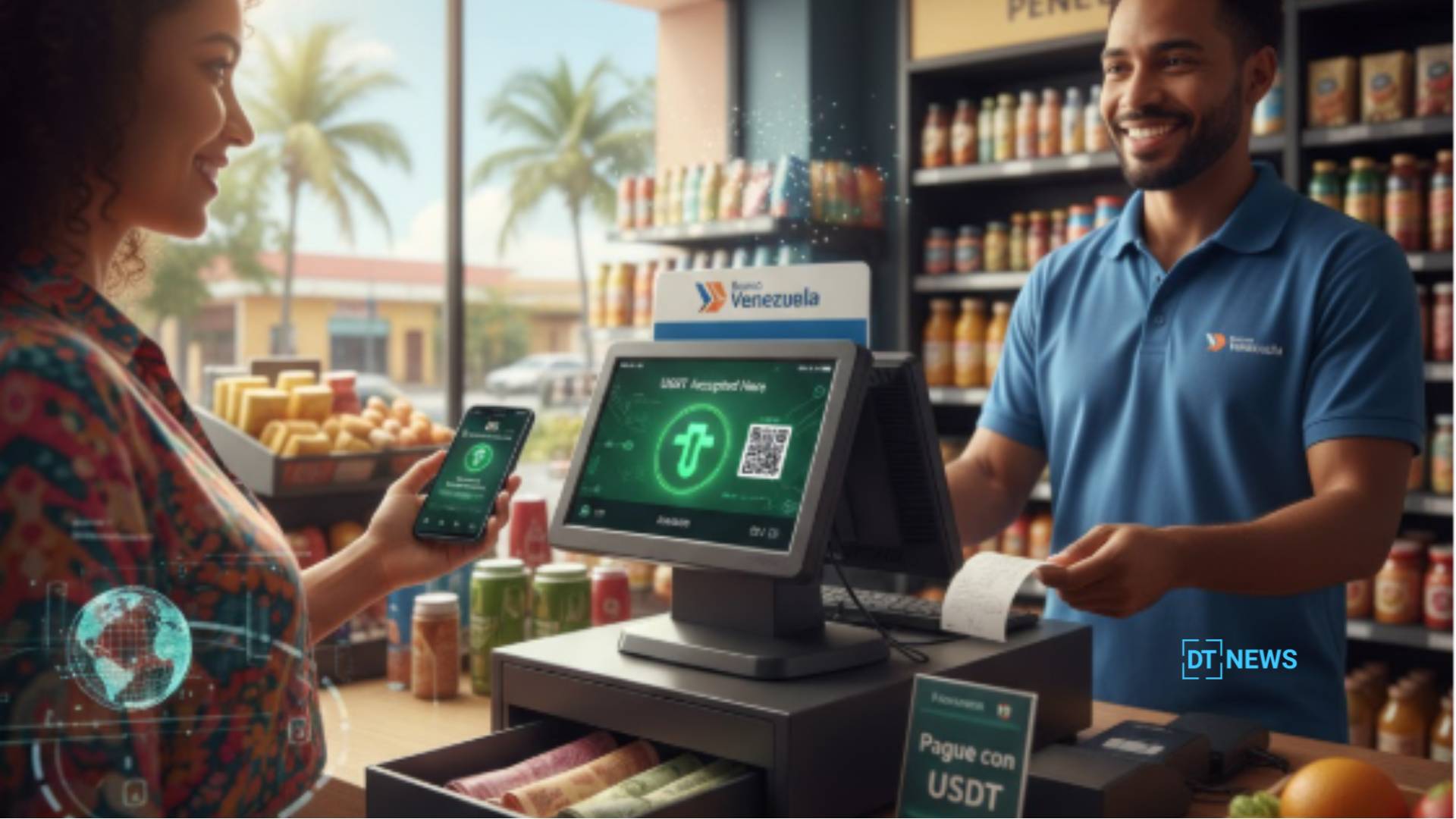Venezuela is edging toward a very practical experiment in payments: stablecoin rails inside the banking stack. An industry figure says the timeline is tight, pointing to December as a realistic window for bank point-of-sale devices and apps to accept USDT. The claim fits a broader pattern in the country, where the dollar shortage keeps pushing businesses toward digital dollars.
The on-the-ground signal
Richard Ujueta, who leads a major e-commerce trade group, said “para finales de año ya la red bancaria nacional, a través de los dispositivos de pago, acepten USDT,” adding that crypto use “llegó para quedarse,” given cash dollar scarcity and high mobile penetration. He also cited rising adoption across retail channels.
Banks and exchanges have already been piloting workarounds that allow approved wallets to source crypto with bolívars for domestic and cross-border settlement. That activity accelerated as access to physical dollars tightened. Analysts tracking official FX injections say supply fell this year, while sanctioned entities shifted more flows to USDT.
Why USDT, and why now
The catalyst is simple: liquidity. USDT clears fast, quotes tightly, and maps to familiar pricing in a market where the official and street dollar rates often diverge. Oil-linked transactions have been moving onto stablecoins to avoid payment blockages, a sign that large counterparties already trust the rails for settlement. If banks add native support, day-to-day commerce gains the same speed and finality that larger trades already enjoy.
There is also supply-side momentum. Tether’s leadership keeps publicizing reserve depth and issuance scale, which matters to treasurers and compliance teams evaluating counterparty risk. “USDT held more than $127B in U.S. Treasuries in Q2 2025,” the company’s chief executive said on X while highlighting issuance growth and profitability. That is not a policy green light, but it is the kind of balance-sheet signaling banks look for when they onboard new instruments.

How an integration could actually work
A practical rollout would let customers hold USDT inside bank apps, pay at POS, and receive automated conversion to bolívars for bookkeeping. Merchants could choose to settle in USDT or in local currency at bank rates.
The key frictions are well known: KYC and sanctions screening, blacklisting controls at the issuer level, and accounting for tax. The country’s recent clampdowns on parallel-rate quoting show how sensitive these rails will be to price displays and FX reference points.
Indicators to watch as this evolves
Liquidity and spreads are first. If bank rails quote USDT at tighter spreads than informal venues, volume will migrate quickly. Second is throughput: transfer confirmation times and POS uptime during peak hours. Third is compliance latency.
If screening delays payments, users will route around banks and stick to peer-to-peer. Finally, watch retail share. Independent reporting has already described USDT as the de facto operational dollar in many private transactions. A bank switch-on would formalize that shift.
What is confirmed and what is not
There is no published central-bank circular or public bank memo committing to December. The timeline comes from industry voices, not a binding decree. That said, the backdrop is clear: fewer official dollars, growing crypto settlement, and a consumer market that already lives on mobile payments. The path to a bank USDT button looks shorter than it did a year ago.
Conclusion
If banks switch on USDT before year-end, Venezuela would move from an improvised crypto economy to a regulated hybrid. For families, it could mean fewer pricing headaches at checkout. For merchants, faster settlement and cleaner books.
For policymakers, new tools, but also new dependencies. The real test will be whether banks deliver better pricing, stronger protections, and stable uptime. If they do, USDT will not just be a workaround. It will be infrastructure.
Frequently Asked Questions
Is USDT already legal money in Venezuela?
There is no public decree declaring USDT legal tender. Adoption has grown through practice, pilots, and private policies that permit use in exchanges and business payments.
Who said banks could accept USDT by December?
Richard Ujueta stated that bank POS devices could accept USDT by year-end, reflecting industry expectations, not an official mandate.
Why is USDT used instead of cash dollars?
Dollar scarcity and payment frictions push users toward digital dollars that clear quickly. Some state-linked transactions already use USDT to avoid blockage risks.
Will fees be lower than current informal channels?
If banks quote tighter spreads and bundle compliance seamlessly, total cost should drop. If not, peer-to-peer routes will remain competitive. (Evidence pending once bank pricing is public.)
Glossary of Long Key Terms
Stablecoin
A cryptoasset designed to track a reference value, usually the U.S. dollar, through reserves or algorithms. USDT is a reserve-backed stablecoin with large issuance and short-term Treasury holdings.
On- and off-ramp
Regulated channels that convert between fiat money and crypto. In this context, bank apps, exchanges, and POS devices that let users move between bolívars and USDT.
Blacklisting controls
Issuer mechanisms that can freeze or disable tokens at sanctioned addresses. These controls are central to sanctions compliance and are a policy risk for users.
Parallel exchange rate
An unofficial dollar/bolívar quote used in commerce when the official rate diverges from market conditions. Enforcement efforts around pricing affect how merchants present USDT prices.
Settlement finality
The point at which a payment is considered complete and irreversible for accounting purposes. Stablecoin settlement is fast, but banks must layer compliance to make it usable at scale.



















































































































